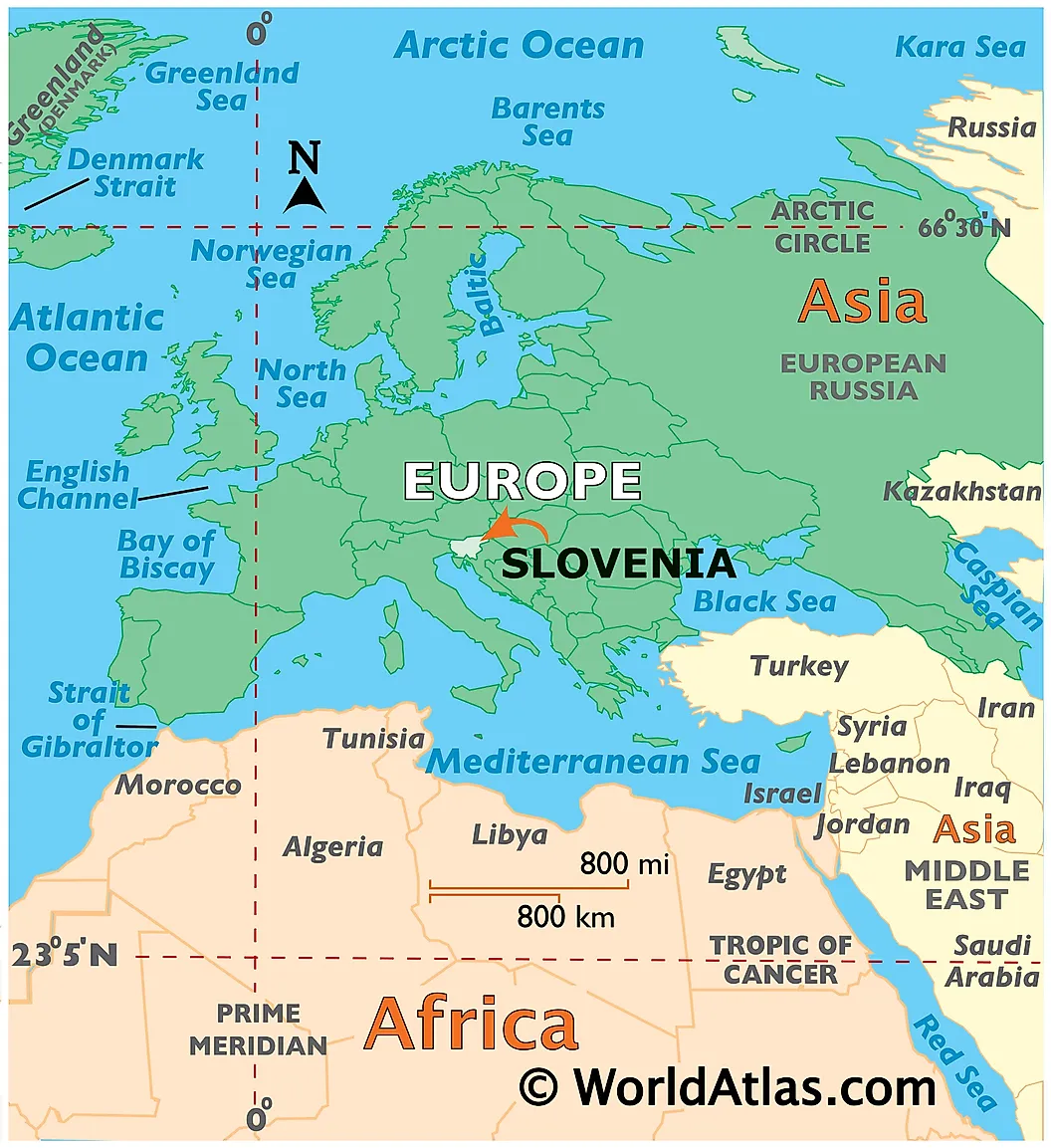Slovenia!
What better time to explore Slovenian food than during their Mardi Gras celebration! Cleveland Kurentovanje is a multi-day Slovenian Mardi Gras celebrating the end of winter and the beginning of spring. It was founded in 2012 and the first festival was held in 2013 in the St. Clair-Superior neighborhood, home of the impressive Slovenian National Home.
I caught the parade where kurents, mythical creatures thought to chase away winter and usher in spring, danced and rang their bells to the delight of everyone young and old. Lots of selfies were taken if you were lucky enough to catch one!
After the parade, everyone filed into the hall and the tented areas out back for polka dancing, beer drinking, and Slovenian pastry and sausage eating. It was a huge crowd and the lines were LONG. I decided to grab my krofe-style donut (Slovenian Fat Tuesday donut!), wander around a bit to take in the sights and sounds, and then skip the line and go to Raddell's Sausage Shop for a Slovenian sausage to go.
Before this week, I couldn't have found Slovenia on a map if someone offered me a million dollars to do so. I have since learned a far amount about the country thanks to a panel discussion and documentary on the LGBT movement in Slovenia that was part of the weeklong festivities. But here's a map just in case you needed a reminder:
From Wikipedia: Since Slovene immigrants began to settle in Cleveland in the 1880s, Cleveland has become home to the largest population of Slovenes in the world outside of Slovenia. Slovenes began to settle in large numbers around the Cleveland area in the 1880s, particularly in the area that would become known as Newburgh. Other sizeable communities grew in the Collinwood and Euclid neighborhoods. By the 1890s, a larger community formed along St. Clair Avenue, eventually building up along eastern Cleveland and Lake Erie. As Cleveland grew as a major center of steel and iron production, immigration swelled in search of jobs. By 1914, one-third of Cleveland was foreign-born with an estimated 20,000 Slovenes. This made Cleveland the third-largest Slovene city in the world, behind Trieste and Ljubljana. Rates of immigration slowed between 1924 and 1940 due to the Immigration Act of 1924, with most Slovenes immigrating as reunited family members. Slovenes who came after World War II were predominantly political refugees.
The 1970 census listed 46,000 foreign-born or mixed-parentage Slovenes in the Cleveland area. The Slovene community continued to push east into Lake County through the 1980s, with a peak population over 50,000 Slovene-Americans in the greater Cleveland area by 1990.
Originally named the Yugoslav Cultural Garden, the Slovenian Garden is located near the intersection of St. Clair Avenue and East Boulevard, adjacent to the Polish Garden. The garden reflected the culture of Cleveland's Croatians, Serbians, and Slovenians and their sometimes conflicted past. As Yugoslavia dissolved in the 1980s and 1990s, so too did the ideal of a unified Yugoslavian Cultural Garden. In 1991, the garden was rechristened the Slovenian Cultural Garden, and separate Serbian and Croatian Garden Delegations emerged.
I got the Slovenian smoked sausage with kraut and stadium mustard. The sausage was incredible -- that snap when you bite into it? Ahhhh. It's a mix of pork and bacon with garlic, salt, and pepper. It was delicious. It was also GIGANTIC.
Even though I was starving and it was really, really good, I was only able to eat about 1/3 of this thing, so be warned!
In "The Paths Are Peace", Clare Lederer describes the Yugoslav Cultural Garden's design: "A circular fountain and pool are the central features of a paved court. Two stately linden trees, the typical Slovenian "lipa", whose sweet-scented, delicate blossoms are used in the brewing of a delightful tea, tower at either side of the garden entrance. The Jugoslav Garden slopes in three levels between the upper and lower boulevards. To the left of the entrance is a reposeful, formal, sunken garden to the right, a semi-circular section. A semi-circular stairway leads to the halfway lower level, and a wide stairway from the mid-level to the lower level, where there extends a spacious, stage-like paved court. Encircling this setting is a beautiful, natural amphitheatre formed of massive shade trees and the cooling stream of Doan Brook."
Time to eat!
As I mentioned earlier, lines at the festival were LONG. I was able to grab a krofe, which is the Slovenian version of paczki, a donut typically served on Fat Tuesday. It was a powdered sugar explosion and fun to walk through the crowd figuring out who else had eaten one recently too!
After checking out the polka bands inside and realizing that I was way too hungry and way too impatient to wait in the food lines, I decided to head straight to the source, Raddell's Sausage Shop. Raddell's has been serving up Slovenian sausages for four generations. The youngest generation seemed to be staffing the shop that day. They have a lunch menu available from 11-2 each day, but you can buy bulk sausages to go anytime they are open.
I got the Slovenian smoked sausage with kraut and stadium mustard. The sausage was incredible -- that snap when you bite into it? Ahhhh. It's a mix of pork and bacon with garlic, salt, and pepper. It was delicious. It was also GIGANTIC.
Even though I was starving and it was really, really good, I was only able to eat about 1/3 of this thing, so be warned!
23 down, 29 to go!
Slovenian National Home
6417 St. Clair Ave.
Cleveland, OH 44103
Raddell's Sausage Shop
478 E. 152nd St.
Cleveland, OH 44110
Lunch: 11a-2p, closed Sundays









Comments
Post a Comment